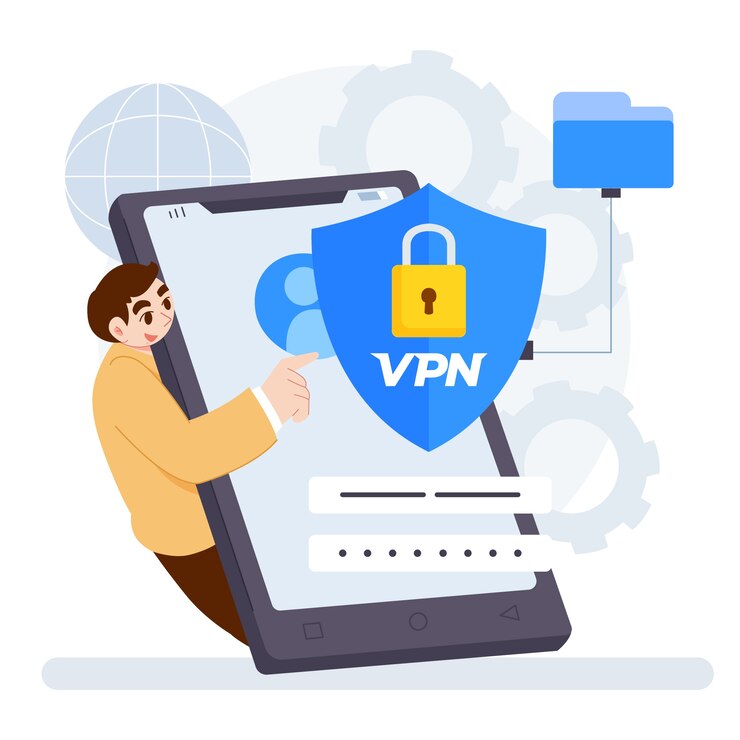The Rise of Remote Work and Its Security Challenges
The global shift to remote work has introduced new security challenges for organizations. As employees access sensitive company data from various locations, ensuring robust security measures has become paramount. Although effective, traditional security solutions like VPNs often have limitations and vulnerabilities. In this context, ZTNA vs VPN is a promising alternative that effectively addresses these challenges. Companies must navigate various threats, including unauthorized access, data breaches, and malware infections. These risks are often exacerbated when employees use unsecured home networks or public Wi-Fi. According to recent studies, the number of cyberattacks targeting remote workers has significantly increased, adding pressure on organizations to secure remote access points. As a result, the demand for more secure remote access solutions has surged, pushing organizations to explore advanced technologies like Zero Trust Network Access (ZTNA).
Understanding Zero Trust Network Access (ZTNA)
Unlike VPNs, which provide:
- Unrestricted network access.
- ZTNA limits access based on user identification and context.
- Guaranteeing that only authorized users can access particular apps and data.
This approach is founded on “never trust, always verify.” This strategy drastically lowers the possibility of illegal access and data breaches.
By continuously verifying users’ identities and assessing their devices’ security posture, ZTNA creates a dynamic and highly secure environment. This stringent approach involves multiple layers of security checks, making it difficult for cybercriminals to penetrate the network. This contrasts sharply with traditional VPNs, which may provide blanket access without specific controls over who accesses what data and from which device. In essence, ZTNA provides a tailored security solution that adapts to the individual needs of each user and device.
Why ZTNA is More Secure Than VPN
One key advantage of ZTNA over traditional VPNs is its ability to provide granular access control. With ZTNA, access permissions are dynamically assigned based on real-time user behavior and context. For example, if a user’s device shows signs of compromise, access rights can be revoked, preventing potential security threats. CSO Online believes this adaptive security measure makes ZTNA a more resilient option against emerging threats.
Additionally, ZTNA solutions are designed to minimize the attack surface. By limiting access to only essential applications rather than the entire network, ZTNA reduces opportunities for cyber attackers to exploit vulnerabilities. This makes it a more robust solution for organizations looking to enhance their cybersecurity posture. Moreover, because ZTNA continuously monitors user activity and adapts access controls in real-time, it allows for swift responses to known and unknown threats, further bolstering protective measures.
Enhanced User Experience With ZTNA
ZTNA enhances security and improves the user experience. Traditional VPNs often slow down network speeds due to encryption overhead. In contrast, ZTNA solutions are optimized for performance, ensuring users can access applications swiftly and securely. This seamless experience can lead to increased productivity and user satisfaction.
Moreover, the simplicity of connecting through ZTNA, which often involves single sign-on (SSO) capabilities, eliminates the complexity and frustration sometimes associated with VPN connections. This ease of use is particularly beneficial in the current remote work landscape, where employees may need more technical expertise to troubleshoot connectivity issues. By offering a more streamlined and user-friendly experience, ZTNA supports the growing trend of remote work, where efficiency and user satisfaction are pivotal.
Adoption of ZTNA in Modern Enterprises
Many modern enterprises increasingly adopt ZTNA for its comprehensive security features and flexibility. A growing number of organizations are integrating ZTNA into their cybersecurity strategies to protect their remote workforces better. This shift is driven by the need for more robust security frameworks that can adapt to the evolving digital landscape. Adopting cloud services and mobile devices has further accelerated the need for ZTNA. As work environments become more complex and dispersed, traditional security models fall short of providing the necessary protection, thereby driving the need for more sophisticated solutions like ZTNA. This trend is evident across various industries as businesses strive to remain competitive while ensuring their operations are secure and resilient against cyber threats.
Key Considerations When Choosing Between ZTNA and VPN
Organizations must consider various factors when deciding between ZTNA and VPN for remote access. Key considerations include the level of security required, ease of deployment, scalability, and cost. While VPNs are sufficient for smaller businesses with limited security needs, larger enterprises handling sensitive data benefit more from the advanced security features of ZTNA.
Furthermore, the nature of the work and the types of applications being accessed remotely influence the choice. For instance, applications with high sensitivity and those used in regulated industries may benefit from the strict access controls and continuous monitoring offered by ZTNA. Another consideration is the overall user experience; businesses should weigh the potential benefits in productivity and user satisfaction that ZTNA can provide over traditional VPN solutions.
Conclusion: Time to Embrace ZTNA?
Organizations need to update their security protocols in response to the evolving nature of cyber threats and the increasing prevalence of remote work. ZTNA is an appealing choice for contemporary businesses since it offers a more effective, safe, and user-friendly VPN substitute than conventional ones. Businesses may effectively support their remote workforces and safeguard their assets by making informed decisions based on their awareness of ZTNA’s strengths.
In summary, transitioning to ZTNA is a big step forward for remote access security. Organizations can maintain an advantage in cybersecurity by using ZTNA while they adjust to new working models and technological developments. It’s time to consider how ZTNA can improve your security framework and whether it fits your company’s needs.



